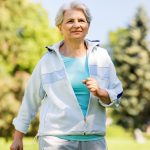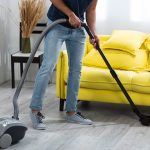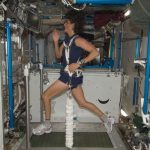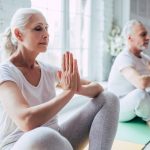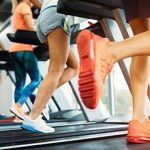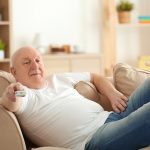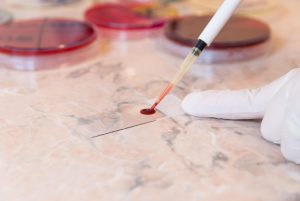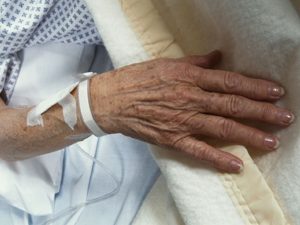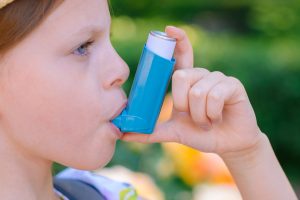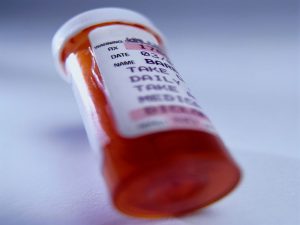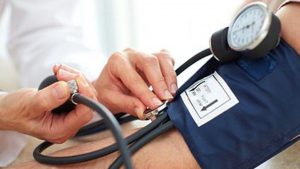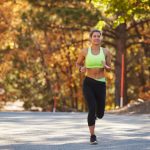
Exercise has been dubbed “nature’s antidepressant” by doctors for years, and now a new study confirms the notion. The finding follows a four-month look at the impact that running had on anxiety and depression when compared to a common antidepressant. SSRIs (selective serotonin reuptake inhibitors) work by boosting levels of serotonin, a neurotransmitter that’s a key player when it comes to regulating mood, depression and anxiety. But among 140 depression patients, those who engaged in regular group running — meaning two or three 45-minute runs each week — actually saw their depression levels drop a bit more than those who took the popular SSRI medication escitalopram (Lexapro). And those who treated their depression with exercise reaped an added reward, with improvements seen in their physical health as well. That group, said study author Brenda Penninx, also “lost weight, improved fitness and reduced heart rate and blood pressure.” The medication group did not see those benefits. Penninx, a professor of psychiatric epidemiology and vice chair of the department of psychiatry at Amsterdam University Medical Center in the Netherlands, presented her findings this weekend at the ECNP meeting, which focuses on the science and treatment of brain disorders. The research was published earlier this year in the Journal of Affective Disorders. All told, she said, the findings suggest that “we should pay much more attention to lifestyle… read on > read on >











